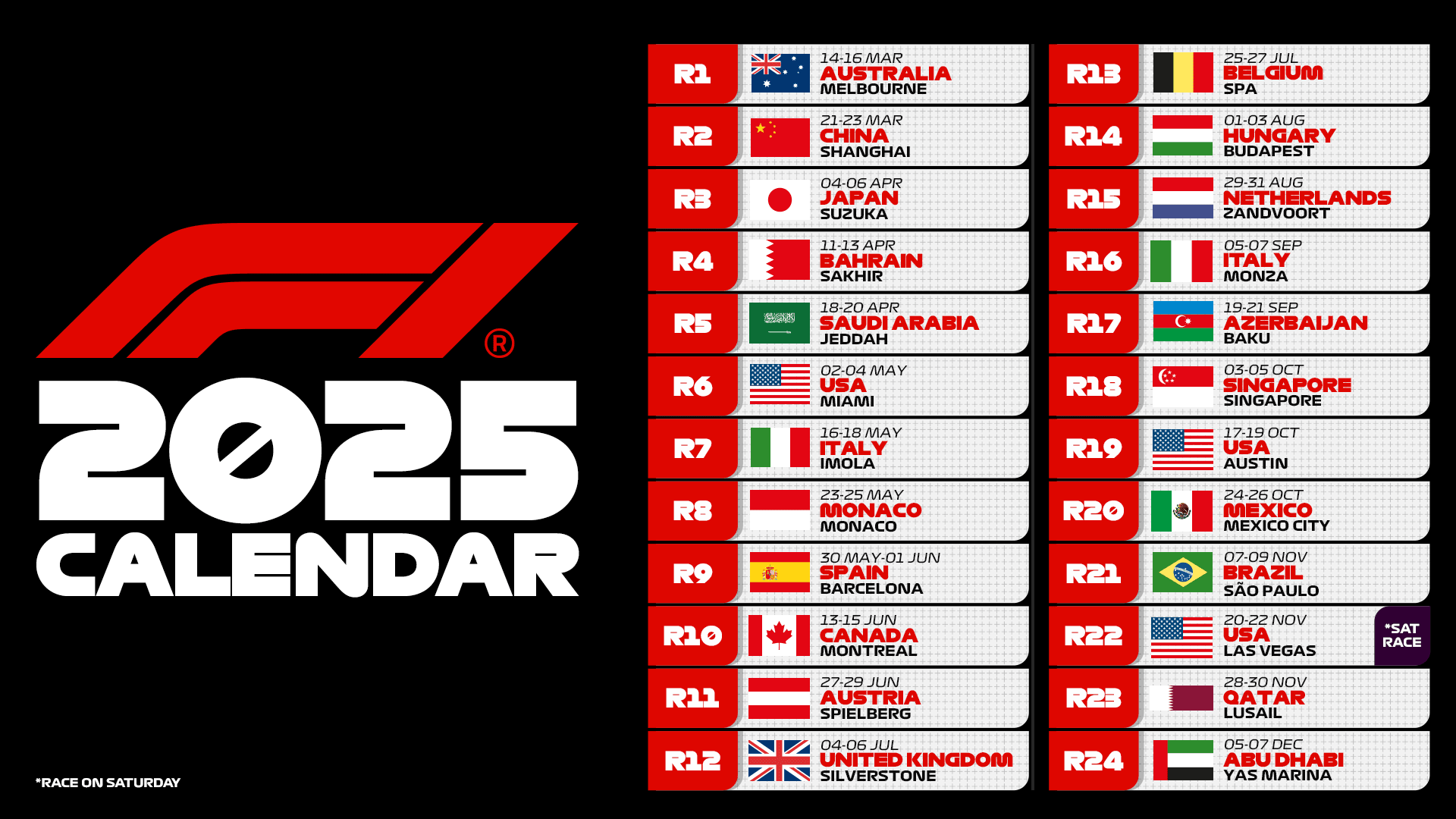Ferrari enters the third session of the Formula 1 tests with great determination. We are talking about the last on-track test before the 2025 F1 season starts. This factor shows how important it is to make the most of the available time. The final tests on setup were broadcast, thanks to feedback from the Maranello team’s drivers. This morning, it’s Charles Leclerc’s turn, who will make way for the seven-time F1 World Champion in the afternoon. This move aims to diversify the tests based on environmental conditions, giving Lewis Hamilton the opportunity to perform a high fuel test.
On the final day of testing at the 5.412-kilometre Bahrain International Circuit in Sakhir, Ferrari opted for a change in the on-track sequence. This time, Charles Leclerc will kick off the session, thus driving in different environmental conditions compared to the first two days, resuming the work left incomplete yesterday. In the afternoon, it will be Lewis Hamilton’s turn, who will have the chance to perform a full race pace simulation. Additionally, it appears that an experimental test is planned for the Briton to explore the limits of the Maranello car.
The goal is to replicate extreme conditions on a flying lap, allowing him to become more familiar with the car’s controls under maximum pressure. From a technical standpoint, an interesting update is noted: compared to the previous day, SF-25 number 16 hit the track with a narrower engine cover. This choice is linked to the lower morning temperatures, representing a useful experiment to analyze the thermal management of the Italian power unit and its components. In the first run, Charles Leclerc is driving with a set of Pirelli C3 tires, performing a few push laps.
However, track conditions are not yet optimal, due to sand blown onto the surface, which makes the Ferrari car slightly unstable. Another interesting detail is the application of flow viz on the second flap of the rear wing, used to evaluate the aerodynamic flow behavior with the DRS activated. The second run didn’t last long either, as the team returned to the pits to focus on brake system setup. A small issue with the discs and pads emerged, which directly relates to Charles Leclerc’s driving style.
The SF-25 still needs optimization at the braking phase, as observed the previous day. In fact, Charles Leclerc’s performance in this area has not been perfectly competitive yet, despite the fact that the Ferrari driver is usually known for his braking skill. The different behavior of the new pull-rod suspension, which provides different sensations compared to the past, could be one of the keys to this adjustment phase. As a result, the Ferrari engineers and technicians worked on the front end, aiming to refine the setup to provide a more effective response to the driver.
In this context, the front suspension has been further adjusted. The aim of this modification is to improve the car’s stability during corner entry and braking. A noteworthy detail is the use of flow viz on the wishbones of the tie rod, a measure that will help engineers gather visual data on the distribution of aerodynamic flows in this strategic area of the car. The goal is to precisely understand the relationship between aerodynamics and mechanics, a topic that, as a “vintage Mattia Binotto” would say, is crucial to maximize the car’s performance.
Charles Leclerc is finally back on track with the SF-25. For now, we don’t notice any major differences, even considering that the Monegasque once again went wide at turn 4, and in turn 13, the trajectory was not as “tidy” as the one the Briton showed us yesterday. Charles Leclerc is trying to find the right balance in a session that turned out to be more complicated than expected. Observing the Monegasque driver alongside Lando Norris’ McLaren MCL39, we notice that the British car seems to be suffering more problems than the SF-25.
Show your support for Scuderia Ferrari with official merchandise collection! Click here to enter the F1 online Store and shop securely! And also get your F1 tickets for every race with VIP hospitality and unparalleled insider access. Click here for the best offers to support Charles and Lewis from the track!
The MCL39 is quite unstable on entry, and even on exit, it struggles to optimize handling when accelerating. There are many errors where the Briton goes wide and long in various sectors of the track. Understeer turns into over-rotation. It seems the wind is causing considerable trouble for the aerodynamics in general. At least we can confirm that Ferrari seems to suffer less in this competitive context. Charles Leclerc’s last lap did not go well. First, it must be said that everyone is suffering a lot. Just look at Max Verstappen‘s Red Bull.
The understeer he’s experiencing is huge, making the Dutchman’s handling a real nightmare. McLaren is not far behind, although in Lando Norris‘ case, the lack of rotation is less. Returning to Charles Leclerc, in his lap, there are mistakes at turn 4 due to understeer. At turn 10, he couldn’t accelerate cleanly, delaying on the throttle because of a correction on exit, while in turn 13, he went too inside, losing the apex. He also struggled at turn 14. The news is not positive, but as mentioned, it is a problem shared with other top cars.
In the following laps, after some adjustments to the car, the lack of rotation disappeared, giving way to an oversteering behavior. However, the car was still not as composed and easy to drive. Charles Leclerc tried to improve the handling, succeeding only partially. The same applies to the mini race pace simulations after adding more fuel to the car. Even in this context, the car proved imperfect, with times rising too quickly. At that moment, Kimi Antonelli seemed to be on the same program.
The Mercedes W16 showed greater consistency, suffering less from the environmental conditions. It must be said that this gap is largely due to the difference in fuel load, as the SF-25 had significantly more fuel. In the next simulation, still with Pirelli C3 tires, Ferrari showed improvements in handling. For this reason, the progression of times was better. At the same time, Max Verstappen was also performing the high fuel test. The times were more consistent than Ferrari’s and about 4 tenths lower than Charles Leclerc’s, but again, the RB21’s fuel load was lower.
After a short break, where the mechanics simulate a wing change with the same specification, the Monegasque returns to the track and continues his testing. The pace is even better, and overall, the balance of the Ferrari SF-25 single-seater is much more neutral. The morning session is coming to an end. After a one-hour break, Ferrari will return to the track with Lewis Hamilton for the final run of the new car before the start of the 2025 F1 World Championship with the Australian Grand Prix at the Albert Park circuit.
— see video above —













.png)

Leave a Reply